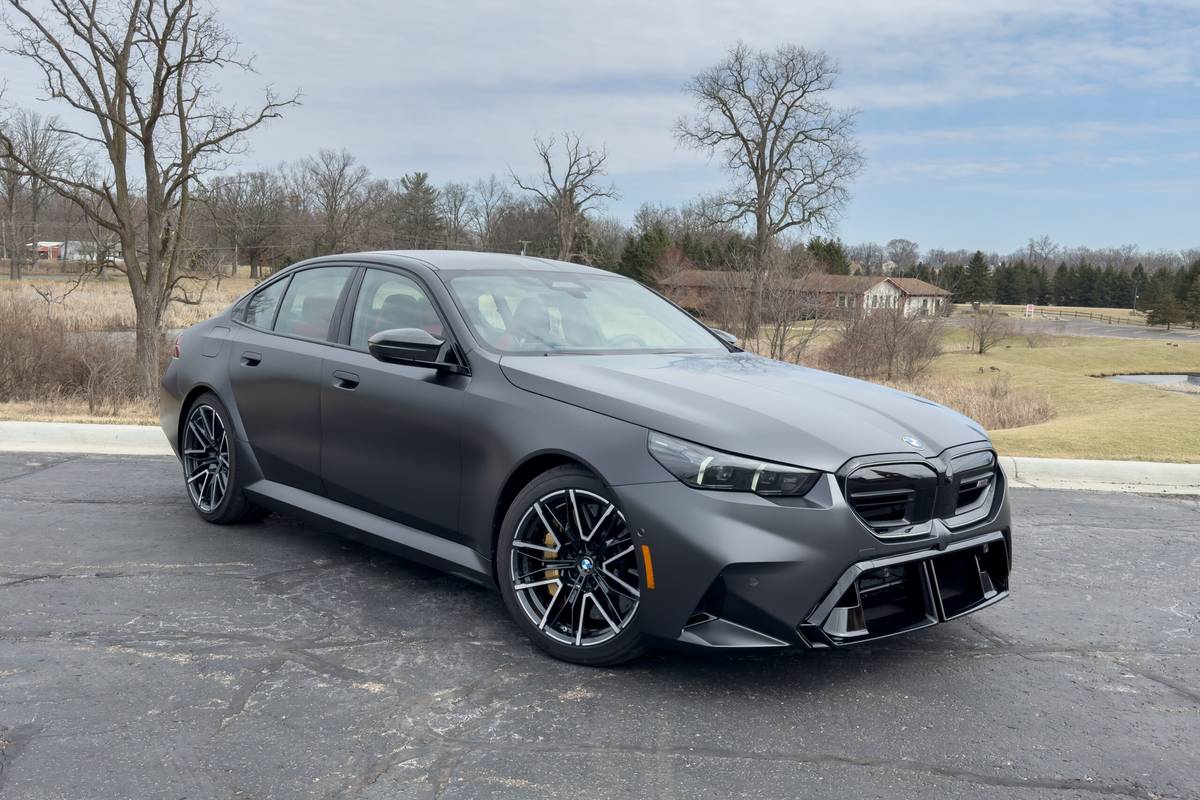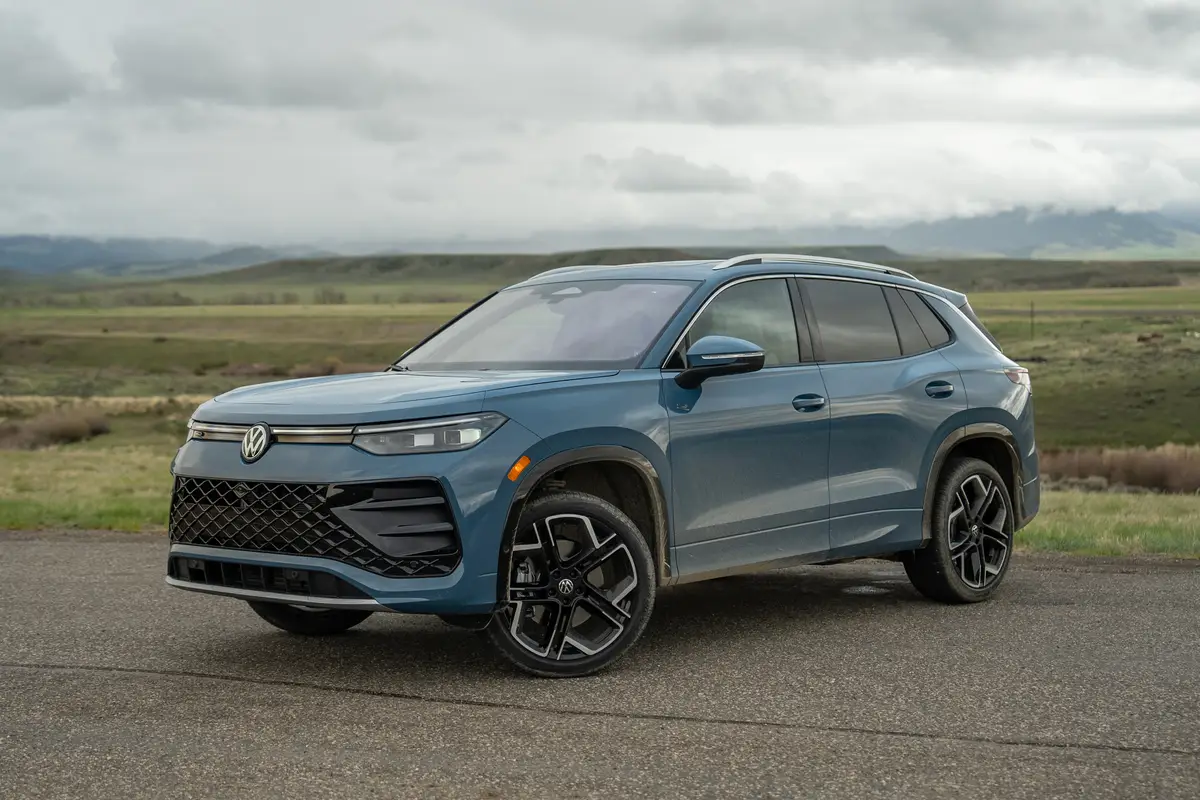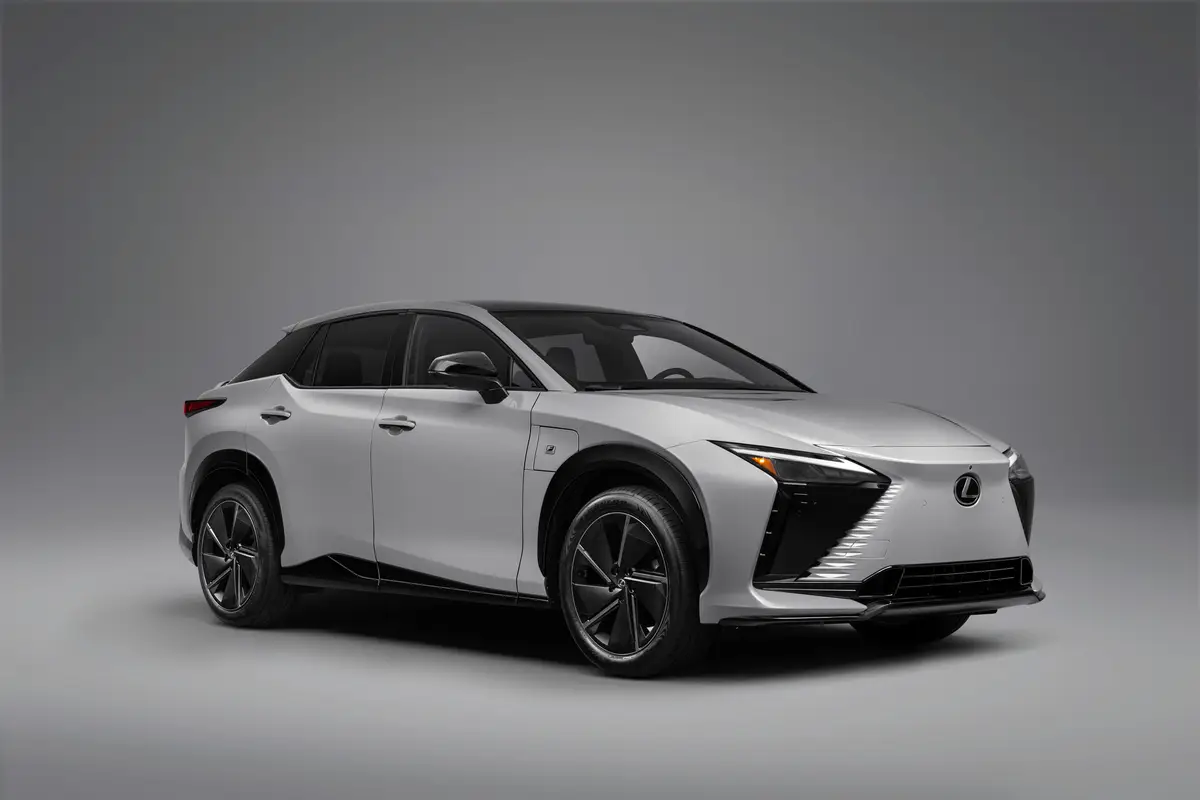Boston.com's view
Certain cars generate a public buzz, not just before they hit the showrooms, but before they even get into the hands of lucky souls like me who get to test drive them.
Recently, the Audi TT and the Toyota Tundra pickup truck rolled in accompanied by that buzz. There is a great anticipatory buzz over the imminent appearance of the Honda S2000, a two-seater with an engine that buzzes like a hornet.
And there has been much buzzing over a car that has just hit showrooms, the so-called “cheap” Volvo — cheap as in inexpensive, not poorly made — if you consider base prices of $22,900 (S40 sedan) and $23,900 (V40 wagon) to be cheap.
“Will it really be a Volvo?” many folks have asked me.
So when I first approached the V40 a few days back, I did what any fine-tuned expert wanting to check out the quality of a car would do — I opened each door and slammed it. Ca-chunk. Solid, hefty, and sounded very much like a Volvo.
This is not a big car — think midsize Honda or small Audi and you’ve got it about right. The wagon, in fact, reminds me more of a slightly larger version of a GT hatchback than a true wagon. Holds four comfortably, can hold five, and has decent space behind the back seats.
Outside, the 40s are rounded and sleek in a way that marks a continuation of the departure (as evidenced in the C70 convertible or the S80 sedan) away from the heavy box we knew and loved as the old Volvo.
Add the surprising midrange zip of its turbocharged, four-cylinder engine, and you’ve got a veritable sprite emerging from the cocoon of clunk.
At the high end, the V40 will go up against wagons from Audi and BMW; at the lower end, it has Hondas and Subarus in its sights.
You get one choice of engine: a 1.9-liter, turbocharged, DOHC, 16-valve, inline four-cylinder, but it is plenty for a car this size. Enough juice, in fact, that in a car this light you ask about safety.
Safety?
Hey, it’s a Volvo. Front and side airbags are standard. They react to the strength and angle of any impact. The front seats are hinged and bracketed to move on impact and absorb its force, even as the headrests move to cradle the head and prevent whiplash.
Not all safety related, but also standard in the 40s are air-conditioning, heated electric mirrors, a cassette-radio, power windows, remote locks, cruise control, and ABS. You pay extra (in this case up to almost $6,000 extra) for leather seats, sunroof, power seats, and other amenities. Nice touches, but if you want a truly cheap Volvo, you don’t need them.
With the leather package, there is a fine hint of luxury to the car. Slip into the front seats and their support is sturdy, aided by electric adjustment, particularly firming them up beneath the thighs. Rear seat room is cramped for three adults and fine for two, providing the front-seat passengers do not have to move their seats way back.
Gauges are organized efficiently along the dash: all ligh t switches to the left of the wheel, climate controls at top center, audio below them. There is no searching for buttons or switches once you familiarize yourself with the car. Between the front seats you find the switch that lets you choose between summer and winter driving conditions (part of an $850 weather package), the control for the outside mirrors, and controls for the electric windows.
The main instrument panel, arched like a single eyebrow, is simple and easily read behind the wheel. A trip computer ($250) warns of icing conditions, lets you preset your speed limit and gives an audio warning when you exceed it, and provides current fuel consumption rate, average fuel consumption, average speed, ambient temperature, a trip meter, and miles to go before you run out of fuel.
This is not a car for large families — a couple with two small children or people with no children who like to go antiquing or camping on weekends would find it perfect.
The rear se s fold down in two sections, and the front passenger seat folds for long loads. The 33.5 cubic feet of cargo space behind the rear seats can be covered with a cargo net.
Easily accessible storage space for small items is limited to small bins in each door, a small bin between the seats and, if you get the leather package, nifty pockets on the front of each front seat.
On the road, the V40 was quiet, quick, and nimble.
It will not scream away from traffic lights and the four-cylinder lags if you try to do this. But between around 1,900 and 4,700 rpms, the turbo kicks in and gives the car a strong surge for passing. It’s a perfect compromise for those who want the fuel economy (just over 25 miles per gallon in this test) of a small engine, but who don’t want to be left out there hanging as they try to pass a big truck in two-way traffic.
Its four-wheel, independent suspension — struts up front, multilink suspension in the rear — is a bit stiff on bumpy roads, but gives the upside of sure-footedness in highway maneuvers and firm cornering on tight country lanes.
Though the Swedes might not want to hear this, it feels more like a fine and tight Japanese car than the safe but plodding Volvo of old.
Four-wheel, 14-inch vacuum-assist disc brakes, aided by ABS, are more than enough to bring the V40’s 3,040 pounds, plus passengers, to quick, straight stops.
So is this a Volvo?
Absolutely, though in the sense that even as you say that towering Mark McGwire is a ballplayer, so too is the Red Sox diminutive Donnie Sadler.
Nice Touches:
— The in-dash cup holder is the best I’ve seen. It adjusts to the diameter of the can, cup, or bottle that is inserted into it. What a concept!
— The luggage belt in the rear compartment that pulls out like a seat belt and wraps snugly around suitcases and other gear to hold them in place.
Annoyances:
— The outside mirrors are too small — I could see only the lower half of the tires of big trucks coming up on me — and given the wide pillars that block much of the view to the rear, this is not a good thing.
— The speaker system could be better, especially the rear speakers.
— The high-beam, low-beam stick on the steering column. First long-throw dimmer stick I’ve ever encountered.
SIDEBAR:
The numbers
Base price: $23,900
Price as tested: $28,225
Horsepower/Torque: 160 hp/170 lb.-ft.
Wheelbase/Overall length: 100.4 inches/176.4 inches
Width/Height: 67.7 inches/55.5 inches
Curb weight: 3,040 lbs.
Seating: 5 passengers
SOURCE: Manufacturer
Latest news

2025 BMW M5 Review: Tech. Heavy.


